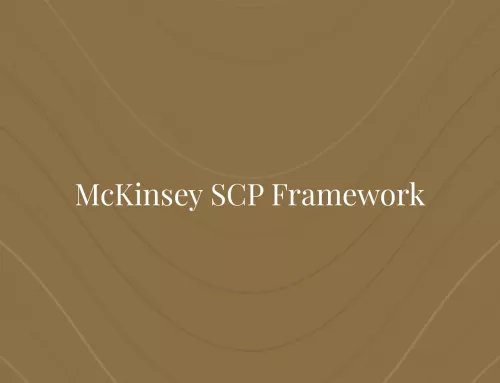In the VRIO framework, the letter O stands for organization. Is the organization structured in a way to profit from the valuable, rare and inimitable resources it has. The PARC framework helps assess whether the organization is structured for sustained competitive advantage (SCA). In his book, The Modern Firm, John Roberts elaborates the PARC framework[1] as:
- People
- Architecture
- Routine
- Culture
People
Employees need to be prepared and motivated to work with these resources. In the other case, they will be underused and opportunity costs will start to pile up. Employee selection must be done with care so that their personality matches the one required by the industry. Being your most valuable asset, they should be chosen wisely. Easier said than done. A mindful manager[2] will analyze his employees and recognize their individual and group strengths and weaknesses. What are they good at, what are their motivations, how much risk are they willing to bear, are they more group oriented or individual? As a useful rule of thumb, one can use a Hofstede’s cultural analysis in order to establish your personnel’s situation.
Architecture
This is the blueprint of the organization, its vertical and horizontal boundaries. The architecture describes how the activities structured, subdivided, and what relationships exist among them, who reports to whom, etc. According to Henry Minzberg, architectural mismatches can be a particular hindrance when faced with new resources[3]. An organization should keep in mind the architecture of it’s firm and the degree to which it is structured to exploit a new resource to it’s fullest.
Routines
Routines capture the everyday behaviors that happen within an organization[4]. This includes all the managerial processes, policies, and procedures, official and unofficial, formal and informal, that shape how information is gathered and transmitted, decisions made, resources allocated, performance monitored and activities controlled and rewarded. This can also include the routines through which work is done and the mechanisms through which these are altered. It’s a shared understanding about how things are done. Routines can both act as an antidote or venom for a company.
Culture
Roberts defines Culture, among other things, as the fundamental mindset of the firm’s members and the mental models they have, which determine how they see themselves and the firm and how they interpret events. It defines the context in which the relations among people, both inside and outside the firm, develop and sets the basis for the implicit contracts that guide and shape decisions. It operates as a social motivation and control systems. Even though culture sometimes is seen as a soft factor, it can be extremely useful in leveraging resources and increasing competitiveness. Excellent organizational culture can lead to happier employees, which reduces turnover and increases individual performance.
PARC elements are intertwined and we reach higher orders of complexity due to the dynamics that exist within organizations. Culture creates routines. Architecture and people feed and build culture. In order to build a good organizational dimension, the managers should think about these elements and their interdependence[5].
References
| ↑1 | The Modern Firm |
|---|---|
| ↑2 | Pay without Performance: The Unfulfilled Promise of Executive Compensation |
| ↑3 | The Structuring of Organizations |
| ↑4 | The Smartest Guys in the Room |
| ↑5 | Journey to Lean |




